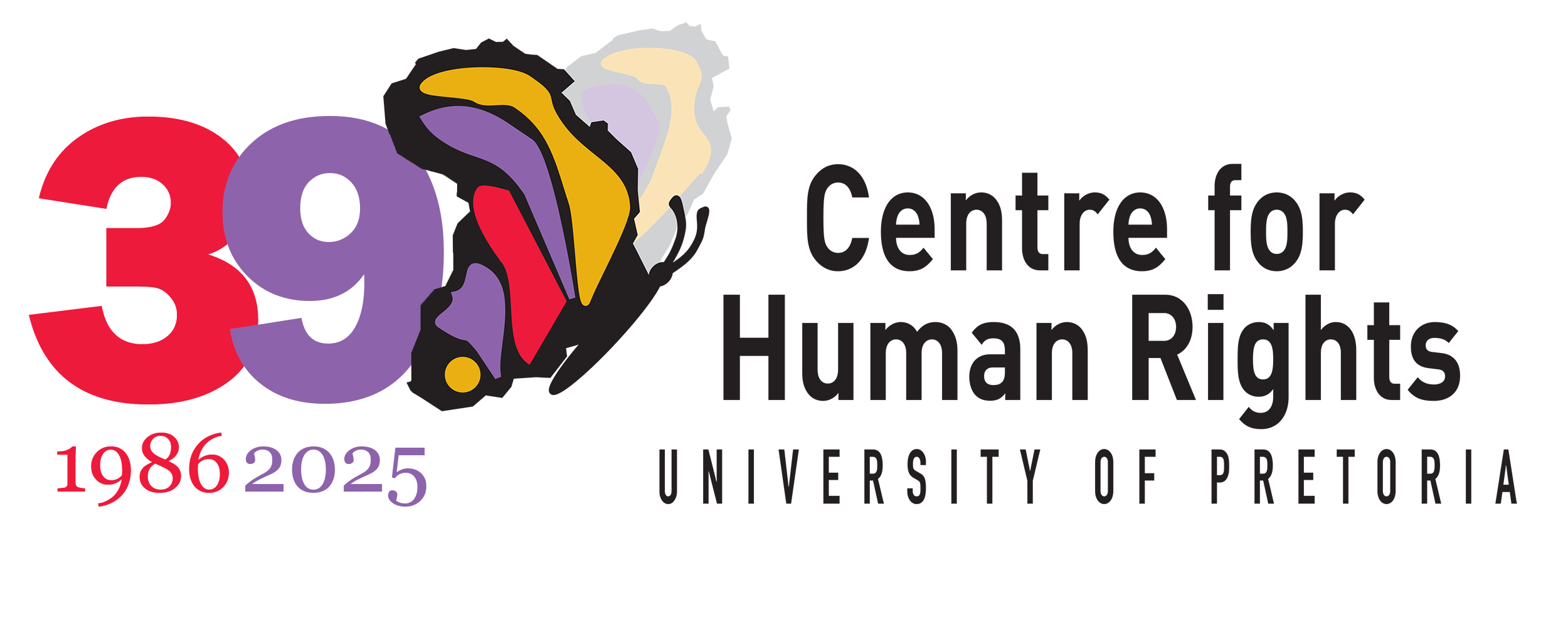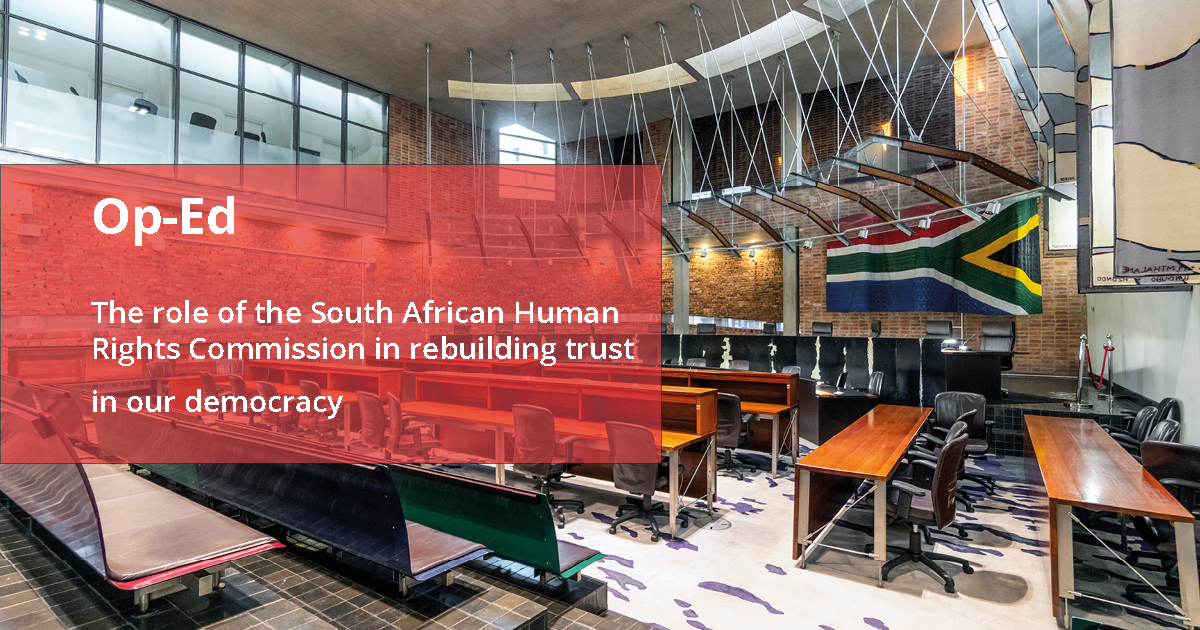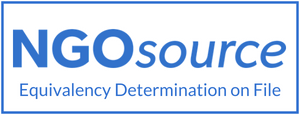Thirty-one years ago, South Africa did not just promise democracy; it built institutions to guard that promise. Chief among them was the South African Human Rights Commission (SAHRC), established to be the people’s watchdog: a body capable of investigating, advocating, and mediating when rights were under threat. Its mandate was to ensure that justice, equality, and dignity, the foundational principles of the land, were not abstract ideals but rather lived realities for every South African. Today, the paradox is stark: the country has some of the strongest rights protections on paper, yet many citizens experience democracy as hollow.
The SAHRC has registered notable victories. Its investigations into the Life Esidimeni tragedy exposed the deaths of over 140 psychiatric patients moved to ill-equipped facilities, highlighting systemic failures in state accountability¹. The Commission scrutinised the Marikana massacre, focusing attention on the rights of striking miners when state institutions faltered². Beyond crises, the SAHRC has consistently reported on racism in schools, discrimination in workplaces, and systemic service delivery failures. These cases illustrate the Commission at its best: raising alarms whilst amplifying vulnerable voices and holding government to constitutional standards.
However, the limits of the SAHRC are equally evident. It cannot compel action; it can only make recommendations. Consequently, its reports often languish in the absence of political will. Many ordinary South Africans may not be aware that the Commission exists or may not see it as relevant to their daily struggles. Constitutional rights can seem abstract when water does not flow, the electricity supply is cut off, 23% of children are living in severe poverty, and funds are diverted from hospitals due to corruption. Rights only matter if they are enforced, and the SAHRC was created to bridge that gap. The question is whether it still has the power to act. The question is whether it still has the teeth to bite.
The 2024 elections demonstrate the stakes. Only 16.3 million people voted, representing 58.6% of registered voters and roughly 41% of the eligible voting-age population³. This is the lowest share since apartheid. The figures do not merely indicate apathy; they reveal disillusionment. Citizens are signalling that participation does not change socio-economic outcomes. When rights exist in law but fail in everyday life, withdrawal becomes rational, not passive.
Globally and regionally, South Africans’ experiences resonate. In Nigeria, recurring elections marred by fraud and violence have sapped public enthusiasm for democratic institutions⁴. In Burkina Faso, successive civilian governments failed to curb jihadist violence and maintain security, leading many to view the 2022 coup not as a rejection of democracy but as a desperate response to systemic failure⁵. Internationally, trust in government is declining: a 2024 Pew Research Center survey found that in 24 democracies, large shares of the public doubt governments’ commitment to protecting rights and equality⁶. South Africa is not alone, but its unique institutional framework gives it an opportunity to confront this challenge.
For democracy to mean more than a mere ritual, it must deliver tangible benefits. Rights, voice and services must coincide. These three factors are central to a constitutional democracy and can help establish a strategic framework for change. Firstly, institutions must be substantive rather than symbolic; courts, legislatures and oversight bodies require independence, resources and accountability. Secondly, the capacity of the state must improve; health, education, housing, justice and security are areas in which democracy must demonstrate its effectiveness in citizens' daily lives. Thirdly, civic renewal is necessary, with education, participatory forums, citizen monitoring and open budgeting providing visible influence. Without these, disengagement will continue and the social contract will erode.
South African legal precedents illustrate the power of rights when institutions function. In Khosa & Others v Minister of Social Development the Constitutional Court held that access to social grants cannot be denied based on residency restrictions, affirming dignity and equality under the Constitution⁷. In Mazibuko & Others v City of Johannesburg the Court enforced minimum water supply standards in poor communities⁸. In Minister of Finance v Van Heerden the Court upheld affirmative action as a constitutional tool to redress disadvantage⁹. These judgments show how the judiciary can act as a bulwark when political will lags. Yet even these successes highlight limits: they rely on courts, not the SAHRC, to compel compliance, and the gap between judgment and implementation underscores the broader structural constraints.
Public awareness remains a challenge. Surveys indicate that many South Africans are unfamiliar with the SAHRC and its work¹⁰. Awareness is critical: a rights framework has little effect if citizens do not know it exists or cannot access it. The Commission’s role is precisely to make rights visible, interpretable, and enforceable. Without active engagement, rights risk becoming abstract.
The SAHRC also illustrates a broader paradox: it demonstrates what is possible when rights are enforced and the limits of institutional power in the face of systemic failure. The Commission’s interventions reveal gaps in governance, highlight persistent inequality, and underscore the consequences of weak institutional follow-through. Citizens’ withdrawal from democratic processes is a direct reflection of these gaps.
South Africa’s experience teaches that durable democracy is inseparable from institutional efficacy. The SAHRC is both a symbol and a functional mechanism for rights protection. Its 31-year journey is a testament to gains made — the public recognition of rights, accountability in crises, and advocacy for vulnerable populations — as well as a warning: symbolic institutions without enforcement undermine trust. Strengthening, resourcing, and renewing the SAHRC is not merely bureaucratic; it is a prerequisite for a democracy that delivers.
In conclusion, the SAHRC’s 31-year history is a mirror of South Africa’s democratic project. It offers hope through legal victories and public advocacy, frustration through systemic limitations, and a clear directive for the future. Apathy is not acceptance; it is a warning. Citizens’ withdrawal signals the system has failed them. The SAHRC’s survival and strengthening are central to whether South African democracy can ensure that rights are not only written but lived. The Commission’s continued relevance, visibility, and capacity will determine whether the next generation sees democracy as a functional promise or an unfulfilled ideal.
¹ Life Esidimeni Tragedy Investigations, SAHRC, 2018. Available at: https://www.sahrc.org.za/index.php/life-esidimeni
² Marikana Commission of Inquiry, SAHRC reporting, 2012–2015. Available at: https://www.sahrc.org.za/index.php/marikana
³ Mbete, S., Making Sense of Voter Turnout in the 2024 South African National and Provincial Elections, Journal of African Elections, vol. 23 no. 2, 2024. Available at: https://www.eisa.org/storage/2024/12/ 2024-journal-of-african-elections-v23n2-voter-turnout-elections-eisa.pdf
⁴ Electoral violence and voter apathy in Nigeria, Peace Journalism Review, 2023. Available at: https://www.eisa.org/pdf/peacejournalism-nigeria.pdf
⁵ International Crisis Group, Burkina Faso: Arming Civilians at the Cost of Social Cohesion, 15 December 2023. Available at: https://www.crisisgroup.org/africa/sahel/burkina-faso
⁶ Pew Research Center, Citizen Behavior and Individual Rights and Equality, 2024. Available at: https://www.pewresearch.org/global/2024/03/13/citizen-behavior-and-individual-rights-and-equality/
⁷ Constitutional Court of South Africa, Khosa & Others v Minister of Social Development [2004] ZACC 11. Available at: https://www.saflii.org/za/cases/ZACC/2004/11.html
⁸ Constitutional Court of South Africa, Mazibuko & Others v City of Johannesburg [2009] ZACC 28. Available at: https://www.saflii.org/za/cases/ZACC/2009/28.html
⁹ Constitutional Court of South Africa, Minister of Finance v Van Heerden [2004] ZACC 3. Available at: https://www.saflii.org/za/cases/ZACC/2004/3.html
¹⁰ Afrobarometer, Public Awareness and Trust in SAHRC, 2023. Available at: https://www.afrobarometer.org/feature/public-trust-in-sa-courts-weakening/


